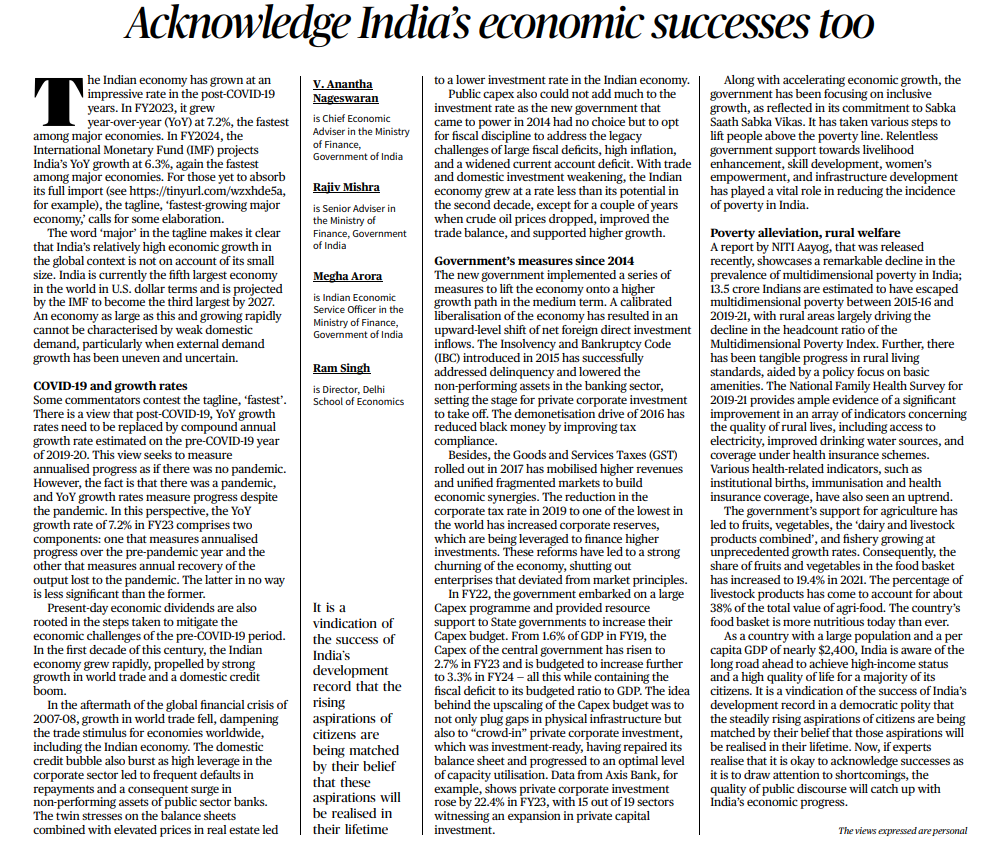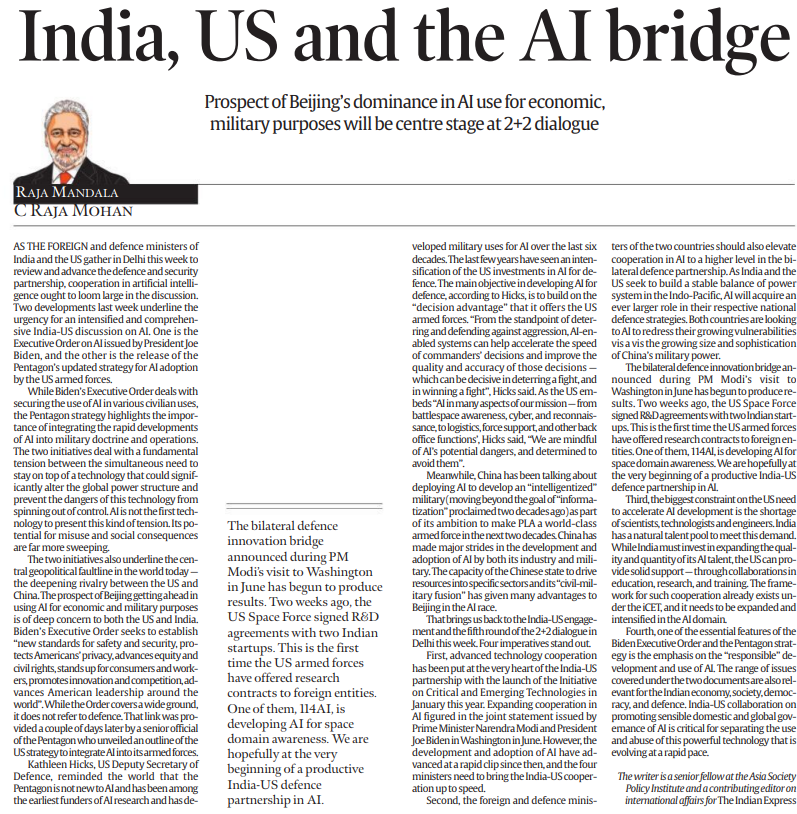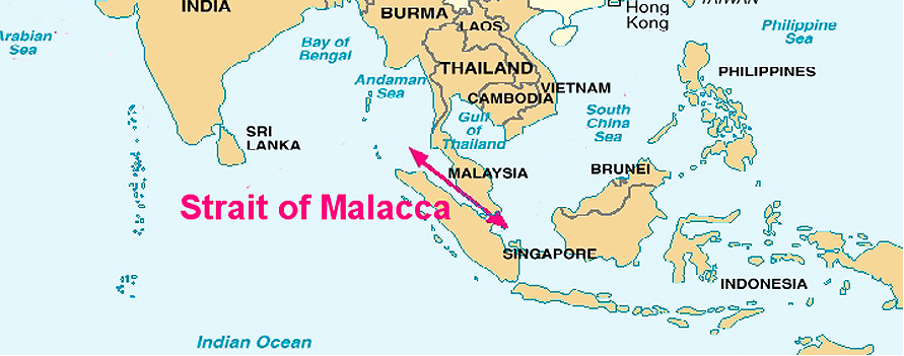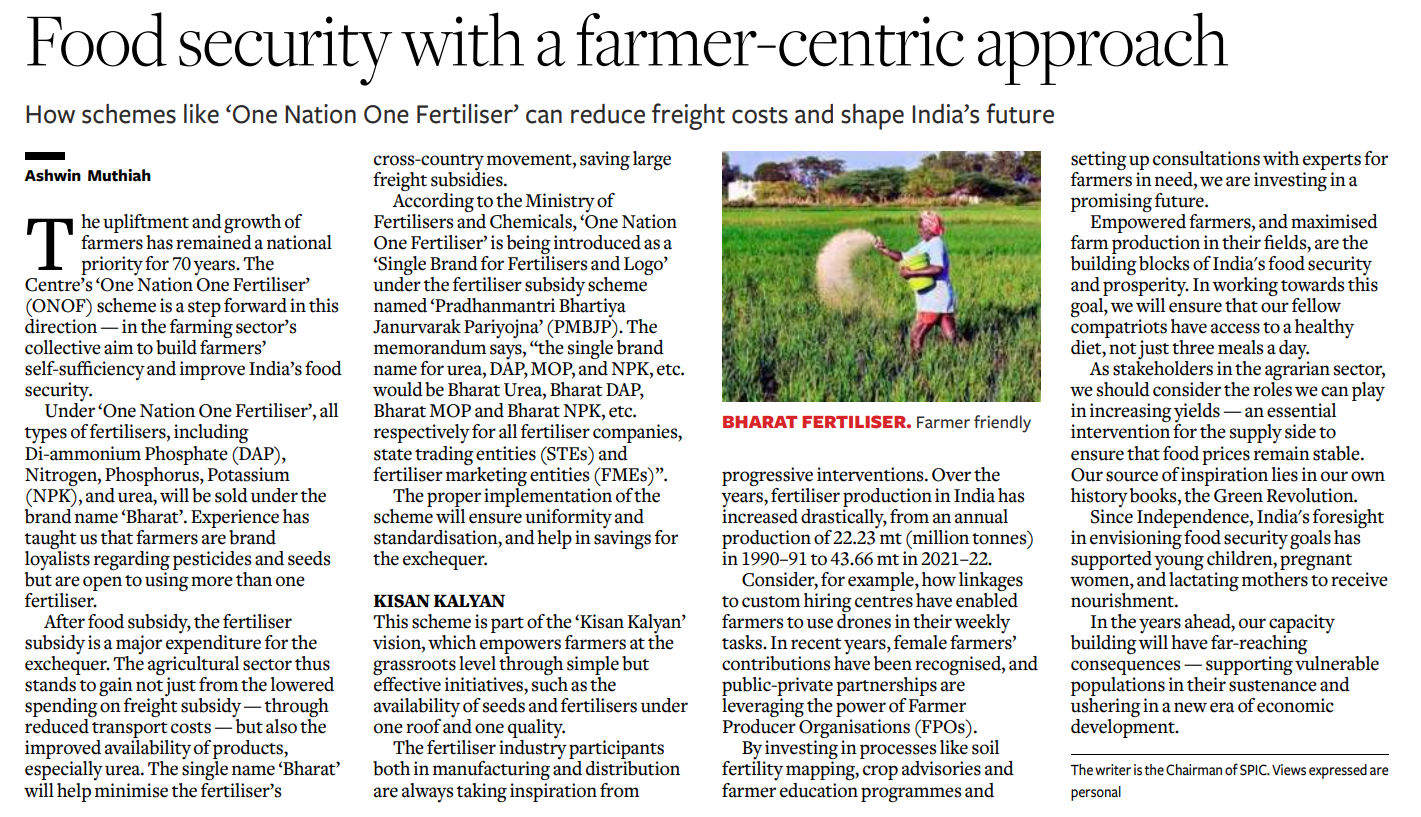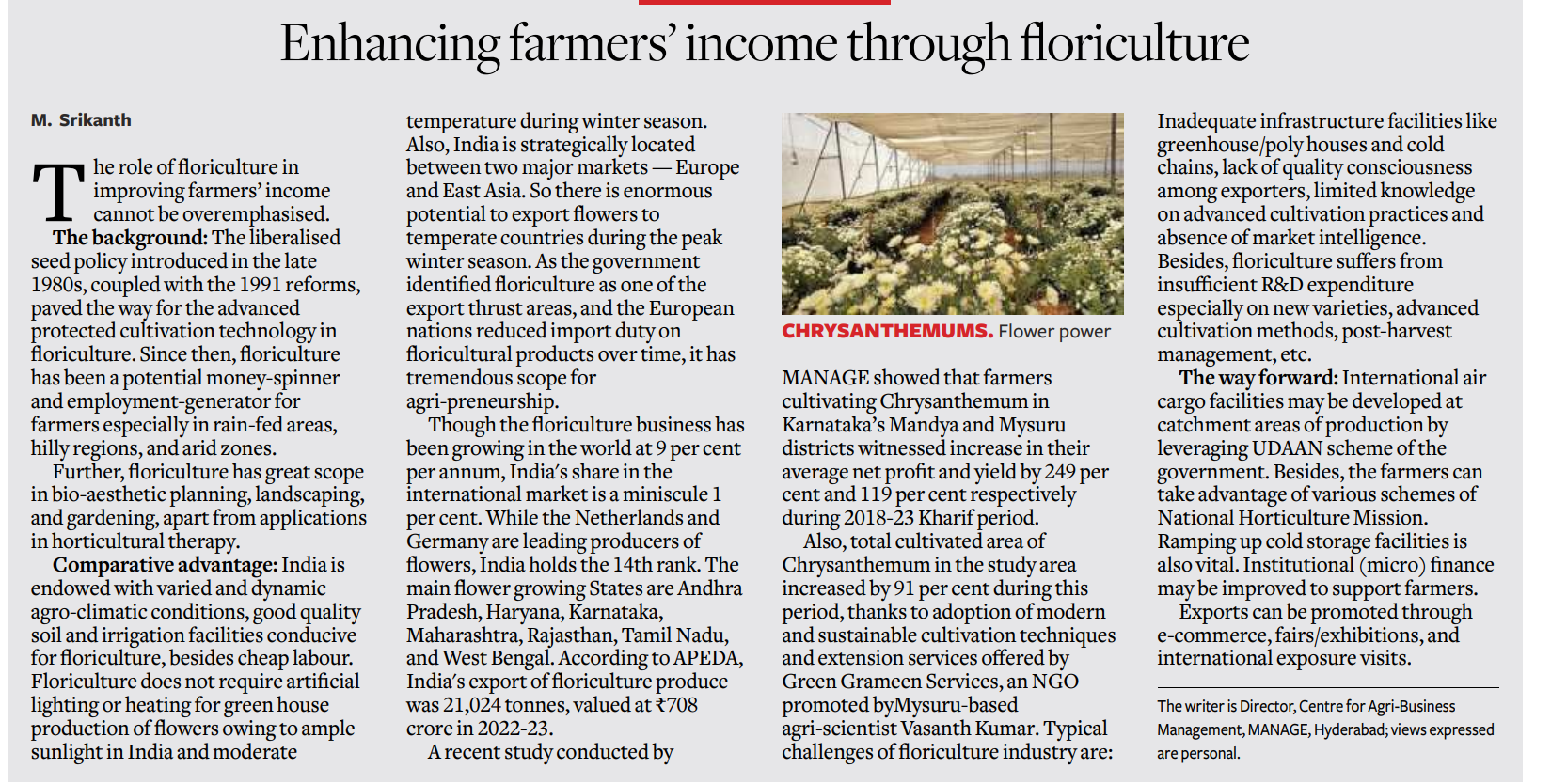India's Economic Growth Post-COVID-19
Introduction
- The Indian economy has demonstrated remarkable growth post-COVID-19, boasting a year-over-year (YoY) growth rate of 7.2% in FY2023, the highest among major economies.
- The International Monetary Fund (IMF) projects a continued robust performance with a YoY growth of 6.3% in FY2024.
- The term ‘fastest-growing major economy’ requires a closer examination to comprehend the underlying factors contributing to this economic surge.
Major Economy Status
- The significance of India’s rapid economic growth is emphasized by its position as the fifth-largest global economy in U.S. dollar terms. Projections by the IMF indicate a shift to the third-largest economy by 2027.
- This substantial growth cannot be attributed solely to India’s size, highlighting the resilience and strength of its domestic demand amidst global uncertainties.
Post-COVID Growth Rates
- Controversies surround the ‘fastest-growing’ tagline, with some advocating for a consideration of compound annual growth rates based on pre-COVID-19 metrics.
- However, the note argues that YoY growth rates offer a comprehensive view, encompassing both annualized progress over the pre-pandemic period and recovery from pandemic-induced setbacks. Both components are deemed significant for a holistic understanding of economic progress.
Historical Context and Economic Challenges
- The economic dividends of the present-day trace back to measures taken to address challenges predating the COVID-19 era.
- After the global financial crisis of 2007-08, trade growth slowed, and a domestic credit bubble burst, leading to a lower investment rate.
- The government’s response involved fiscal discipline, reforms, and a focus on mitigating economic challenges, setting the stage for subsequent growth.
Government Measures Since 2014
- The note acknowledges a series of measures implemented by the government since 2014 to elevate the economy.
- These include calibrated liberalization, the Insolvency and Bankruptcy Code (IBC), demonetization, Goods and Services Taxes (GST), and a reduction in corporate tax rates.
- The reforms have fostered a dynamic economic environment, attracting foreign direct investment, reducing non-performing assets, and stimulating private corporate investment.
Government’s Focus on Inclusive Growth
- In addition to economic growth, the government has prioritized inclusive development, exemplified by initiatives like Sabka Saath Sabka Vikas.
- Efforts toward poverty alleviation, rural welfare, livelihood enhancement, skill development, and infrastructure development have contributed to a significant decline in multidimensional poverty and improved living standards in rural areas.
Agriculture and Health-Related Initiatives
- The government’s support for agriculture has led to unprecedented growth rates in sectors like fruits, vegetables, dairy, livestock products, and fisheries.
- Health-related indicators also show positive trends, indicating an overall improvement in the quality of life in rural areas.
Future Aspirations and Conclusion
- While India acknowledges its long road to achieving high-income status and a high quality of life for its citizens, the note emphasizes the alignment of rising aspirations with the belief that these aspirations will be realized.
- Acknowledging both successes and shortcomings in public discourse is crucial to accurately reflecting India’s economic progress and fostering informed discussions.
Conclusion
In conclusion, the editorial analysis provides a comprehensive overview of India’s post-COVID-19 economic growth, contextualizing it within historical challenges, government measures, and a commitment to inclusive development.
India's Potential Role in the Strait of Malacca Amidst US-China Tensions
Historical Background of China and Taiwan
- After the First Sino-Japanese War in 1895, Japan took control of Taiwan.
- Post-World War II, Taiwan fell under the rule of the Republic of China (ROC).
- Following the Chinese Civil War, the Kuomintang (KMT) retreated to Taiwan as the Chinese Communist Party (CCP) triumphed.
- The ROC, led by Chiang Kai-shek, dominated Taiwan’s politics until the rise of the Democratic Progressive Party (DPP), advocating a Taiwan-centric identity.
- Despite rejecting China’s “one country, two systems” proposal, Taiwan eased restrictions on visits and investments in China. The One China policy asserts Taiwan as part of China.
Challenges of Naval Blockade in the Strait of Malacca
- Experts highlight obstacles in implementing a naval blockade against commercial shipping in the Strait of Malacca.
- International law challenges, shared economic dependencies, sovereignty concerns of other states, complexities in commercial shipping, and alternative routes contribute to the infeasibility of such actions.
China’s significant strategic reserves further mitigate disruptions.
Naval Blockade and Unilateral Action Risks
Chinoy emphasizes that a naval blockade or unilateral action against China’s naval vessels could be seen as a declaration of war, risking broader conflict beyond the maritime sphere. Regional countries affected are unlikely to endorse such actions.
Strategic Significance of Taiwan
- Taiwan’s strategic importance lies in its location in the western Pacific, serving as a gateway to Southeast Asia and the South China Sea.
- It is a high-tech powerhouse, particularly in semiconductors, contributing to global trade and security.
- Taiwan’s modern military strength makes it a focal point in regional and global geopolitics, potentially influencing the balance of power in the Asia-Pacific region.
Historical Lessons: First and Second World Wars
Drawing lessons from history, experts note that naval blockades and sanctions in both World Wars led to conflagrations, citing examples such as the British blockade of Germany in WWI and the U.S. embargo on Japan in WWII.
Conflict Scenarios and Global Support
- The question of whether India’s strategic partners, especially the U.S., would support interdiction of Chinese vessels in a bilateral conflict between India and China is raised.
- Uncertainty surrounds the support of Southeast Asian nations, even if the U.S. is involved in a kinetic conflict with China.
India’s Role in a US-China Conflict
In a full-blown U.S.-China conflict over Taiwan, experts suggest India’s primary role may be a proactive defense of its territorial interests and sea lines of communication in the eastern and western Indian Ocean. India’s focus is expected to remain on its continental borders facing China’s military threats.
India’s Role in Multi-Polarity
Experts envision a robust India contributing to multi-polarity in the Indo-Pacific, emphasizing the growing U.S.-India partnership in economic, high-tech, and military areas.
Conclusion
As complexities and challenges in the Strait of Malacca become apparent, India’s options in a US-China conflict over Taiwan remain nuanced.
A proactive defense, consideration of historical lessons, and a delicate balance of regional dynamics shape India’s approach.
Additionally, a reconsideration of the One China Policy is proposed, separate from its relationship with Taiwan, echoing China’s expanding involvement in Pakistan-occupied Kashmir through the China Pakistan Economic Corridor (CPEC).

